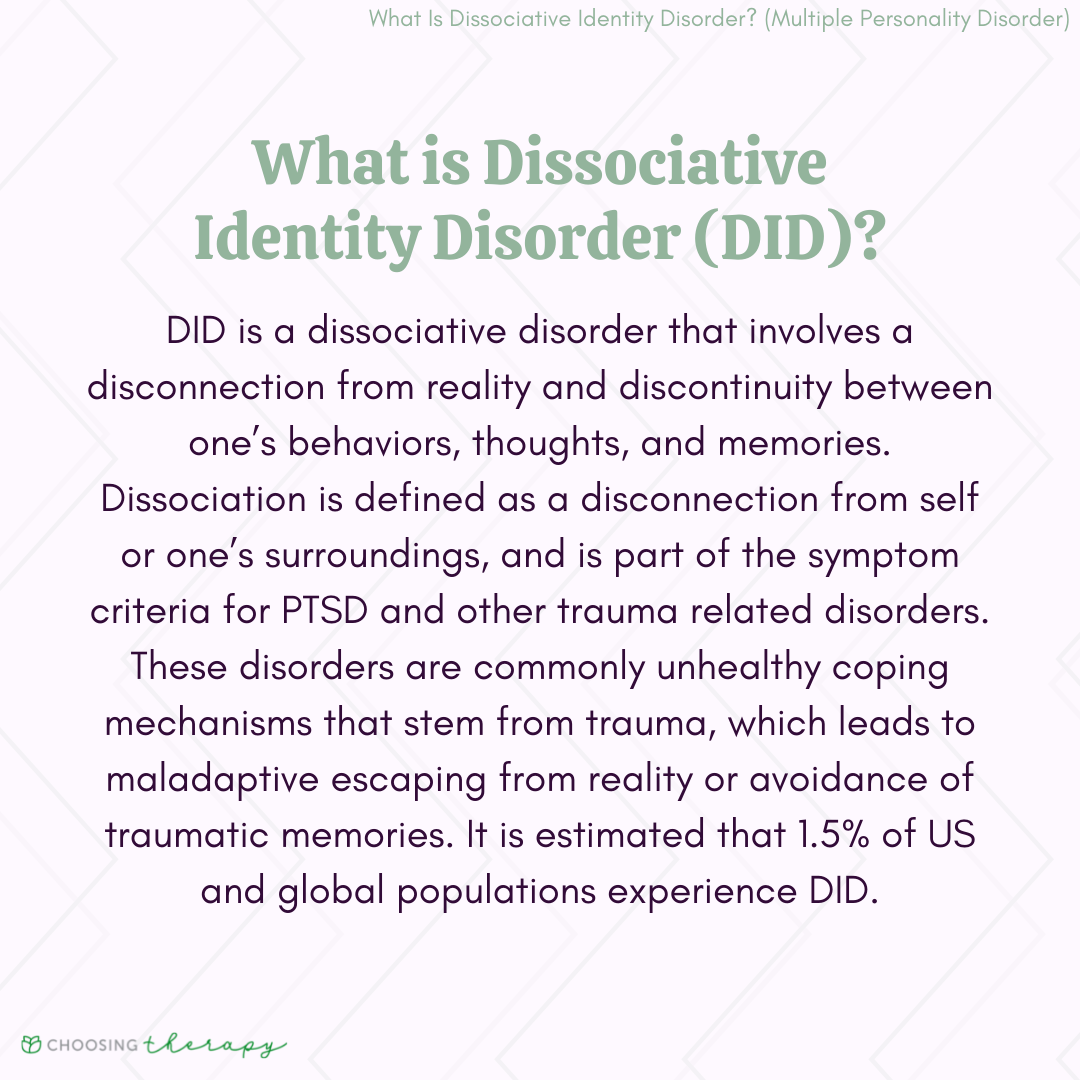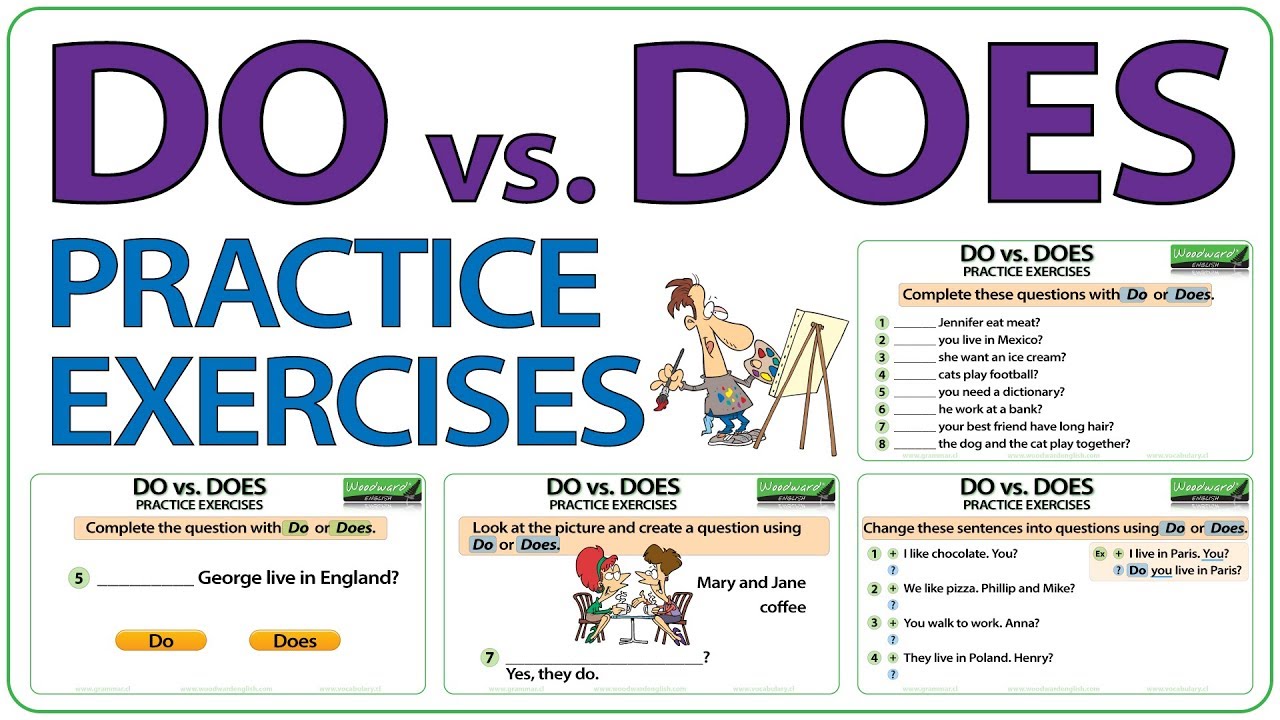Unlocking Holistic Health: Understanding the Dimensions of Wellness and the Wellness Wheel
Introduction to the Dimensions of Wellness
Holistic health is much more than the absence of illness; it encompasses a proactive and comprehensive approach to wellbeing. The dimensions of wellness framework provides a structured guide for individuals seeking a balanced, fulfilling life. Wellness is recognized as a conscious, self-directed process involving multiple interrelated elements, each contributing to the whole person’s health and resilience [2] .
Which Statement Is True Regarding the Dimensions of Wellness?
The true statement about the dimensions of wellness is that they are interconnected, and optimal wellbeing requires attention to each aspect. Neglecting one dimension may negatively impact others, highlighting the importance of a balanced approach [1] . For example, stress in your occupational life can influence your physical health, emotional stability, and social relationships.
Elements Among the Nine Dimensions of Wellness
While models vary-some cite six, seven, or eight dimensions-the most comprehensive frameworks reference up to nine dimensions of wellness . These typically include:
- Physical Wellness : Encompasses nutrition, exercise, disease prevention, and healthy lifestyle choices [1] [3] .
- Emotional Wellness : Involves self-awareness, stress management, and expressing feelings constructively [2] .
- Social (Interpersonal) Wellness : Focuses on building healthy relationships, communicating effectively, and maintaining social networks [1] [3] .
- Occupational Wellness : Relates to finding personal satisfaction and enrichment in one’s work, balancing work and life, and managing workplace stress [1] .
- Intellectual Wellness : Involves lifelong learning, critical thinking, and creativity [1] .
- Spiritual Wellness : Centers on meaning, purpose, values, and beliefs, which may or may not be associated with religion [3] .
- Environmental Wellness : Entails living in harmony with your surroundings, respecting nature, and maintaining safe environments [1] .
- Financial Wellness : Addresses effective management of economic life and resources [1] .
- Cultural Wellness : Recognizes and respects diversity, values, customs, and traditions (included in some models).
It is important to note that not all organizations or institutions include every dimension; some may focus on six, seven, or eight core aspects depending on their wellness philosophy [5] .
The Wellness Wheel: What Does It Contain?
The wellness wheel is a visual representation of these dimensions, illustrating how each element contributes to overall health. Most wellness wheels contain six to nine segments, each representing one dimension. Popular models include:
- Six Dimensions: Emotional, Physical, Intellectual, Occupational, Spiritual, Social [2] [4] .
- Seven Dimensions: Social, Emotional, Spiritual, Environmental, Occupational, Intellectual, Physical [5] .
- Eight or Nine Dimensions: Additional elements such as Financial, Cultural, or Interpersonal wellness [1] [3] .
Each segment of the wheel reflects a core aspect of wellness. The model encourages individuals to assess their strengths and weaknesses in each area, aiming for balance and continuous improvement.
Five Components of Health and Wellness: Comprehensive List
While the most detailed models feature up to nine dimensions, many educational and health organizations distill wellness down to five core components for simplicity and practical application. These typically include:
- Physical Health : Encompassing exercise, nutrition, sleep, and healthy habits.
- Mental/Emotional Health : Involving resilience, coping mechanisms, and psychological wellbeing.
- Social Health : Building relationships and social support networks.
- Spiritual Health : Finding purpose, meaning, and connection to values or faith.
- Intellectual Health : Stimulating the mind through learning, creativity, and problem-solving.
These components form the foundation of most wellness education programs. Addressing each area increases overall health, productivity, and life satisfaction.

Source: gbu-presnenskij.ru
Actionable Guidance: How to Access Wellness Resources
Accessing wellness opportunities requires a multifaceted approach. Here are step-by-step strategies for each dimension:
- Physical Wellness : You can join local fitness classes, access nutrition counseling through community health centers, and take advantage of free online exercise programs. For medical screenings and preventive care, contact your primary care provider or local public health department.
- Emotional Wellness : Many organizations offer counseling and mental health support. You can reach out to licensed therapists, join support groups, or use employee assistance programs if available through your workplace.
- Social Wellness : Participate in community events, volunteer activities, or group hobbies. Local libraries, recreation centers, and faith-based organizations frequently host social gatherings.
- Occupational Wellness : Explore career development workshops, mentorship programs, and employer wellness initiatives. Check with your human resources department for available resources.
- Intellectual Wellness : Take part in lifelong learning through adult education classes, webinars, or online platforms. Many universities offer free or low-cost courses for personal enrichment.
- Spiritual Wellness : Find meditation groups, spiritual retreats, or community faith organizations. You can also practice mindfulness using apps or guided programs.
- Environmental Wellness : Join local conservation efforts, eco-friendly clubs, or participate in neighborhood clean-up events.
- Financial Wellness : Schedule appointments with certified financial counselors, attend free budgeting workshops, or consult resources from reputable organizations such as the National Foundation for Credit Counseling.
To find programs and services, consider searching for keywords such as “community wellness workshops,” “mental health resources near me,” or “financial counseling programs.” Many local government agencies and nonprofit organizations provide free or subsidized support.
Potential Challenges and Solutions
Common barriers to accessing wellness resources include limited awareness, financial constraints, and lack of time. Solutions may involve:
- Awareness : Subscribe to community newsletters, check bulletin boards at local centers, and follow trusted health organizations on social media.
- Financial Constraints : Seek out programs offered by public agencies, nonprofits, or faith-based groups that provide services on a sliding scale or free of charge.
- Lack of Time : Prioritize wellness by scheduling short, regular activities. Even small changes-such as walking during breaks or meditating for five minutes a day-can make a significant difference over time.
Alternative Approaches to Wellness
Some individuals may prefer a personalized approach, focusing on areas most relevant to their current phase of life. For example, retirees might emphasize social and spiritual wellness, while students may concentrate on intellectual and emotional growth. Wellness is not a one-size-fits-all process-adapt your plan according to your circumstances and goals.
Key Takeaways
The dimensions of wellness provide a comprehensive, holistic roadmap to health. The wellness wheel illustrates their interconnectedness, while the five components of health and wellness offer a simplified guide for practical application. Accessing resources involves proactive engagement with community organizations, healthcare providers, and educational institutions. Overcoming challenges is possible through awareness, creative problem solving, and leveraging available support networks.

Source: helloplentiful.com
References
MORE FROM oncecoupon.com













